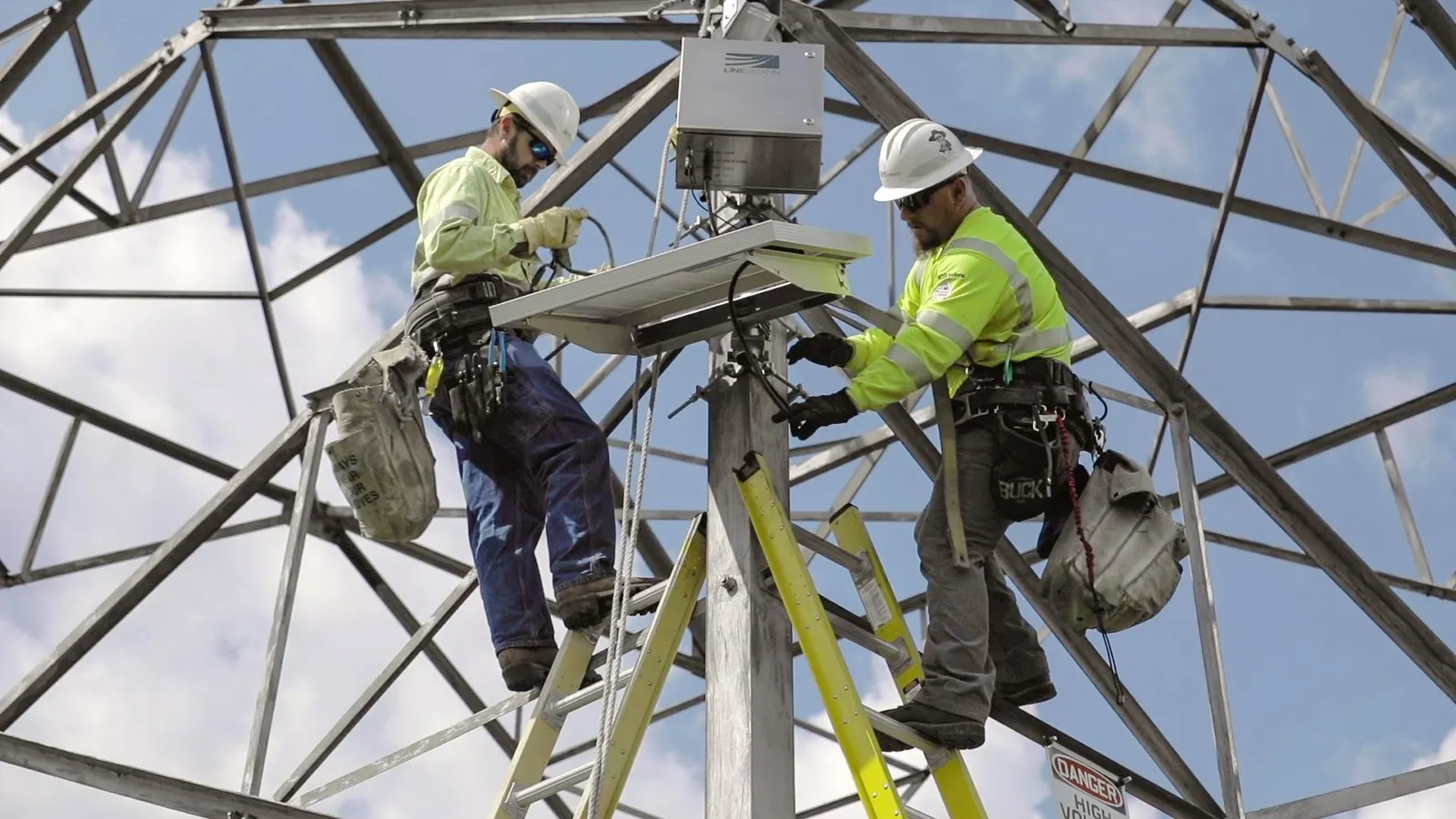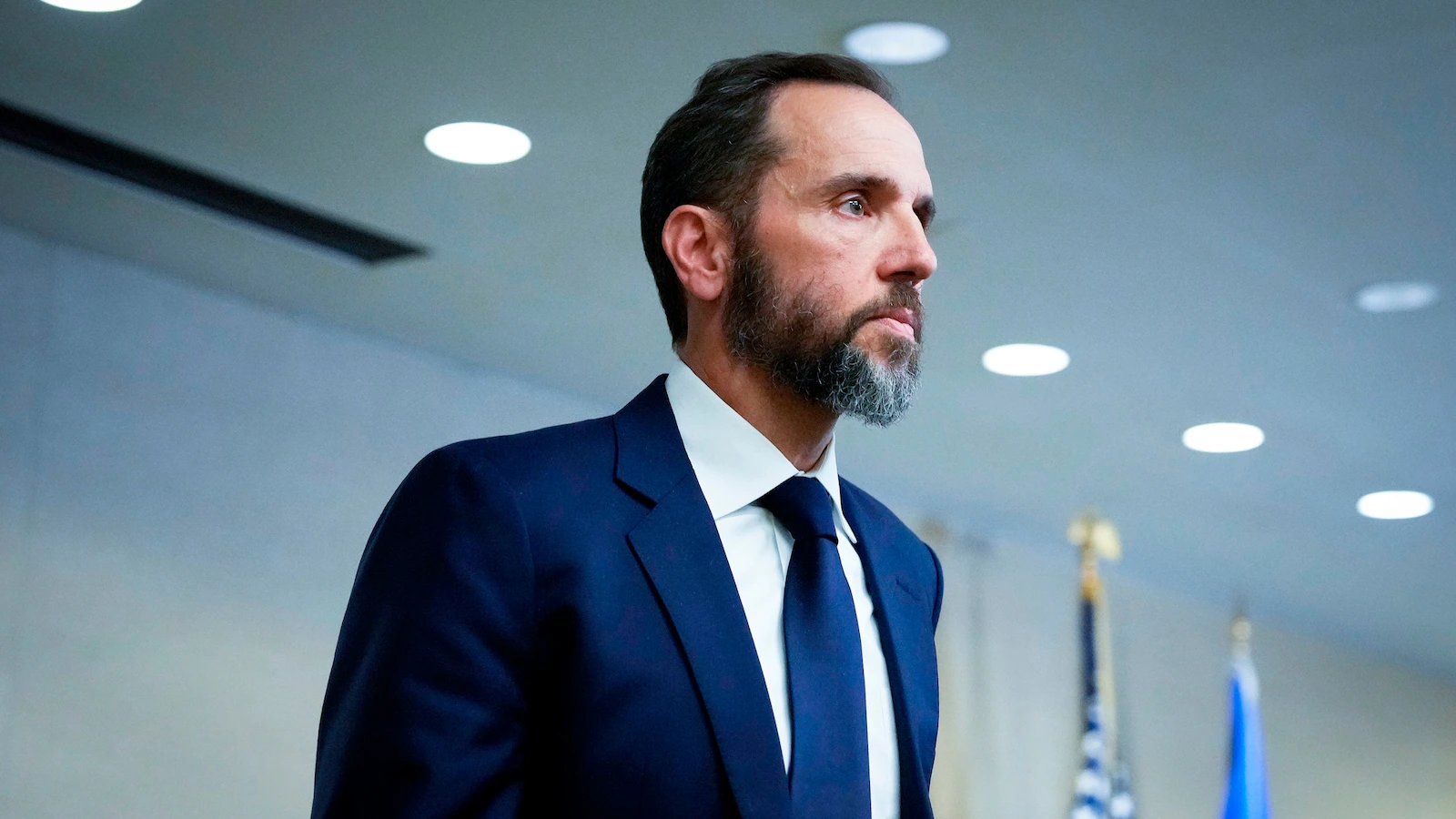Copyright forbes

Workers implement Line Vision's non-contact overhead power line monitoring system that uses sensors and software to increase the capacity of existing power lines. Line Vision Whether or not one believes the science, or that climate change is a con, its economic fingerprints are everywhere. Record heat across Europe killed hundreds and cost tens of billions. In the U.K., soaring temperatures claimed hundreds of lives; in the U.S., floods and heat emergencies caused billions in losses. For investors, these events translate into asset volatility, disrupted supply chains, and repriced risk. National pledges on funding and action multiply as we draw closer to COP30 in Belem but capital is still flowing in the wrong direction. It may be time to rethink market intelligence and explore how resilience is emerging as the new source of alpha, not a cost to absorb but a competitive edge for those positioned ahead of climate reality. For investors, the gap between policy pledges and action is not a footnote. It is a flashing red light for policy whiplash, stranded assets, and climate litigation. It also signals the collapse of an old assumption: that simply riding the market tide – beta – will deliver steady returns. “We are no longer in an age of moderation, we are in an Age of Adaptation,” says Sanjeev Krishnan, managing partner at S2G Investments. “The beta strategies that worked in an era of stability are fragile in this one.” S2G Investments has structured much of its portfolio around this thesis but the logic now extends well beyond sustainability specialists Fragile Beta To Adaptive Alpha For decades, institutional portfolios leaned on a 60/40 mix of equities and bonds. The premise was that market exposure would balance out over time. That model depended on a backdrop of relative stability. MORE FOR YOU Krishnan argues those conditions have vanished. He points to five transitions that are reshaping the global economy. First, the shift from CPUs to GPUs as artificial intelligence fuels explosive demand for computing power, and the energy to run it. Second, geopolitics tilting from unipolar to multipolar, fracturing supply chains and raising resource nationalism. Third, the end of cheap money as interest rates reset after a decade near zero, changing the economics of capital-intensive projects. Fourth, the likelihood of global temperatures rising to at least 2.5°C above pre-industrial levels this century. And fifth, demographic volatility as aging populations, uneven fertility, even lifestyle shifts accelerated by drugs like Ozempic, are redrawing consumption patterns. “These transitions mean that the assumptions that underpinned broad market exposure no longer hold,” Krishnan says. “You cannot just rely on beta and expect it to protect you.” The passive tide that once lifted all boats now exposes them. Alpha today comes from agility and foresight, positioning ahead of transitions instead of reacting to them. Krishnan frames adaptation and resource productivity as the next great wealth-creation frontier. “When you look at railroads in the 1800s, electrification in the early 1900s, or globalization in the late 20th century, those who invested early captured the alpha,” he says. “Adaptation and resource productivity are that scale of opportunity today.” The pattern is repeating today. Railroads unlocked new markets; electrification reorganized industries; globalization built supply chains that defined a generation of corporate winners. Each began as alpha and, once absorbed into the system, became beta. Adaptation may follow the same arc, driving demand for drought-resilient agriculture, efficient water and cooling systems, grid-scale storage, localized food and energy networks, and the data tools that help manage climate volatility. From protein diversification to precision irrigation and decentralized energy, adaptation is not a single sector but a cross-cutting shift in how the economy allocates resources. Lila Preston, head of growth equity at Generation Investment Management, underscored the point in a recent interview saying, “Our focus is on growth equity investments that can deliver systemic solutions and resilience at scale. We see this as central to long term value creation.” Analysts agree. McKinsey recently published a report suggesting that climate resilience and adaptation technologies could represent a $1 trillion addressable opportunity by 2030, reflecting rising demand from corporations, governments, and consumers. An October 2025 report from Pictet argues that resilience is also increasingly a differentiator for firms operating under environmental stress The real risk is arriving late to where alpha is already forming. Portfolios built for the last era may be stranded in the next. The Missing Middle Of Climate Finance But if adaptation is where alpha lives, capital still struggles to reach it. Krishnan highlights a structural bottleneck. “There is a $25 to $100 million missing middle,” he says. “These are companies that are cash flow positive, that have proven models, but unable to access the growth capital they need to scale.” We’ve seen this before with clean energy. In the 2000s, venture capital backed early pilots while infrastructure investors waited for scale, leaving a financing desert in between, otherwise known as the valley of death. Solar and wind companies struggled to cross it - until costs fell by more than 80% and they became mainstream assets - and adaptation is now in the same phase. Proven solutions in areas like grid transmission and distribution, precision irrigation, localized cooling, and climate-resilient construction are stuck between venture and infrastructure capital, ready to grow, but starved of mid-stage funding. Analysts echo the concern. In a recent forum hosted by the World Resources Institute, experts warned that “finance is not flowing at the pace or the scale required,” especially when bridging the step between pilots and projects. Until the missing middle is filled, adaptation alpha will remain an unrealized promise. From ESG To Supply Chain Risk Adaptation is not only a capital allocation issue but about corporate survival. For years, sustainability was filtered through the lens of ESG reporting. Krishnan argues that’s no longer enough. “Adaptation is moving from ESG reporting into the core of business strategy,” he says. “It is about operational resilience, not just transparency.” Peter Bakker, president of the World Business Council for Sustainable Development, added, "Getting your arms around the physical risk, not just for your own plants and offices, but across your whole supply chain, is the new name of the game.” Across sectors, companies are rethinking efficiency itself, shifting from “just in time” to “just in case” production models to build slack and redundancy -a response not only to climate volatility, but also to fractured geopolitics, pandemic fragility, inflation shocks, and tightening resource constraints. It’s a defining theme in resilience investing, and the reason physical climate risk is moving from sustainability reports to boardroom agendas. For investors, that shift is material. Supply chain resilience, once relegated to ESG appendices, is now a driver of competitive advantage. Companies that fail to adapt may be one disruption away from value destruction. Fiduciary Duty In The Age Of Adaptation The convergence of climate science, investor strategy, and corporate risk is redefining fiduciary duty. For asset managers too, safeguarding long-term value means recognizing that the same shifts driving corporate survival also define the next sources of investor outperformance. “Portfolios have to be rebuilt around adaptation, resource productivity, and systemic resilience,” Krishnan says. “That’s where alpha will be created in the next decade.” The UN’s Production Gap Report underscores the stakes: fossil fuel expansion remains wildly inconsistent with climate targets. Climate Week NYC showcased pledges and coalitions, but unless capital allocation catches up, rhetoric will keep outrunning reality. For investors, adaptation isn’t about politics but timing. The smart money is already shifting from talking about resilience to building it. Investors who move early can capture the higher returns that come with foresight while those who wait may well find that the opportunity has already been priced in. Editorial StandardsReprints & Permissions



